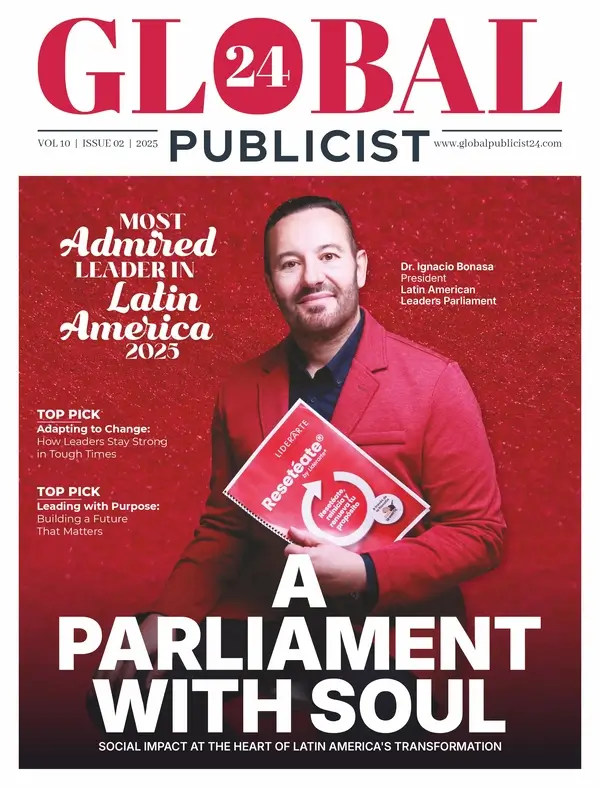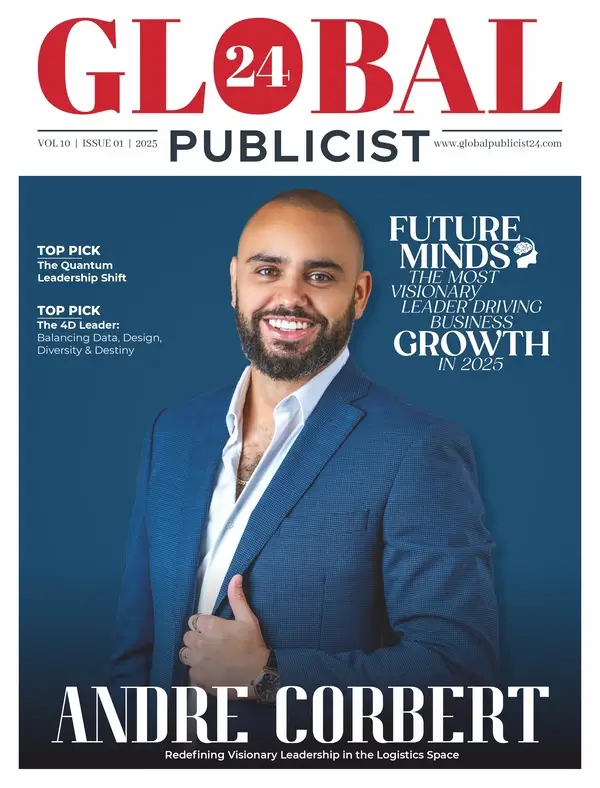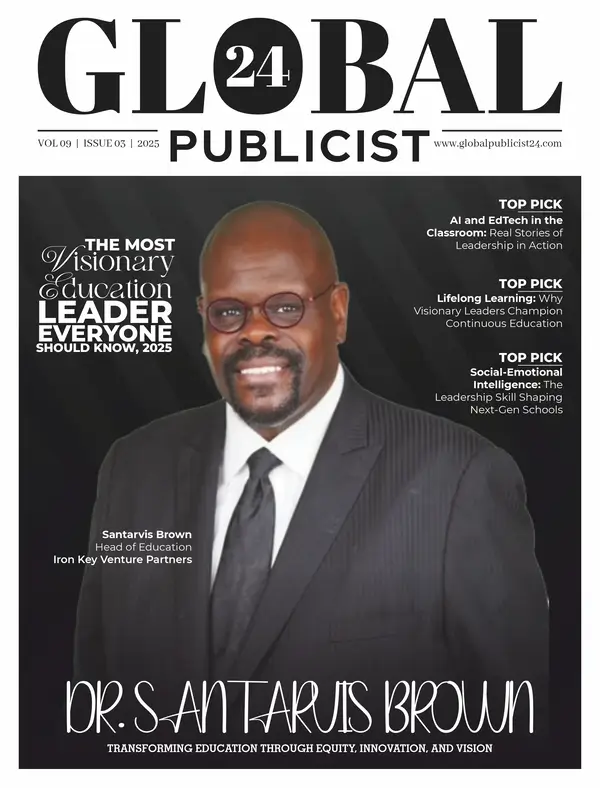The COVID-19 pandemic did more than disrupt business—it redefined the very foundation upon which many organizations operate. In an instant, long-held assumptions about market stability, workforce mobility, and digital readiness were challenged. What began as a global health crisis quickly became a crucible in which the strength and adaptability of companies were tested. Those that emerged intact—or stronger—did so not because they predicted the crisis but because they were resilient.
Organizational resilience, once an abstract concept relegated to risk management discussions, became a defining trait of survival. Executives were thrust into unfamiliar roles, balancing employee safety with business continuity, rethinking supply chains, and embracing remote work models at unprecedented speeds. As the dust settles, what remains is not just the story of survival but a collection of hard-earned lessons that have fundamentally altered leadership paradigms and operational priorities.
Strategic Learning and the Value of Structured Knowledge
One of the most significant realizations during the pandemic was the value of continuous, structured learning among leadership. In a climate where static skillsets became obsolete almost overnight, executives who had previously invested in expanding their intellectual toolkits found themselves better equipped to respond with agility.
This shift in mindset placed greater emphasis on the kind of education that promotes critical thinking, policy navigation, and real-time problem-solving. For example, professionals with backgrounds in governance, crisis management, and public-sector policy were able to draw from their academic experiences to navigate logistical, ethical, and procedural complexities. Pursuing formal programs like online public administration degrees provided such individuals with frameworks for leading through uncertainty, especially in times when public-private collaboration was essential for executing health protocols and managing large-scale operations.
The key takeaway for many leaders was clear: long-term investments in relevant, policy-oriented education aren’t just career enhancers—they’re resilience enablers.
Agile Leadership and Rapid Decision-Making
The pandemic spotlighted the necessity of agility in leadership. Unlike traditional long-cycle decision-making processes, which often depend on layers of approval and cross-functional coordination, pandemic-era leadership required rapid responses driven by evolving data. Executives who succeeded didn’t just make faster decisions—they made informed decisions, drawing from both predictive analytics and the lived experience of frontline teams.
This period marked a shift away from top-down leadership and toward distributed autonomy. Teams were empowered to act based on localized intelligence, and decisions that might once have required weeks were made in days, sometimes hours. Resilience, in this context, was not about unshakable control but about trusting systems and people to self-correct, pivot, and innovate.
Many executives learned that the ability to decentralize authority in high-pressure moments could spell the difference between stagnation and progress. In doing so, companies built institutional muscle memory for agility, which now serves them well in navigating other forms of disruption.
Technological Integration as a Core Competency
Digital transformation was already underway for many organizations before the pandemic hit, but the crisis acted as an accelerant. Technologies that had been on five-year roadmaps were deployed in mere weeks. Cloud-based collaboration tools, cybersecurity frameworks, and remote infrastructure became foundational, not optional.
Executives came to realize that resilience isn’t just about having tools—it’s about integrating them into the operational DNA of the organization. The pandemic made clear that digital maturity correlated strongly with the ability to absorb shocks. Organizations that had embraced tech not just for convenience but as a strategic pillar were better equipped to weather disruptions.
Human-Centric Policies and Workforce Adaptability
While systems and technologies played a vital role in organizational continuity, the human dimension of resilience was arguably more critical. The emotional toll of the pandemic—marked by isolation, anxiety, and burnout—demanded that leaders reimagine their approach to employee engagement and support.
Companies that prioritized mental health, flexible work arrangements, and clear communication created environments where employees could adapt and contribute effectively, even under duress. Executives quickly learned that treating employees as integral stakeholders—rather than expendable resources—was not just morally sound but strategically beneficial.
Supply Chain Rethinking and Operational Flexibility
Global supply chains, once optimized for cost-efficiency, crumbled under the weight of pandemic-induced delays and closures. For many organizations, this revealed a dangerous overreliance on single-source suppliers and geographically concentrated production hubs. Executives were forced to reassess their logistics strategies in real-time.
Those who adapted quickly employed dual-sourcing models, regional diversification, and stronger supplier relationships. They rebalanced just-in-time practices with buffer inventories and localized manufacturing. These changes required not only operational shifts but philosophical ones: resilience meant trading some efficiency for flexibility.
Crisis Communication and Reputation Management
Another pillar of resilience underscored during the pandemic was communication. In uncertain times, silence creates chaos. Leaders who communicated clearly, transparently, and consistently built trust—not just with employees but also with customers, investors, and partners.
The tone and cadence of communication changed. Messages became more human, more candid, and more frequent. Rather than polished statements filled with corporate jargon, people sought honesty and clarity. Executives learned that resilience isn’t merely operational; it’s perceptual. An organization perceived as calm, candid, and connected will fare far better in the eyes of its stakeholders than one that seems fractured or aloof.
Institutionalizing Resilience Beyond Crisis
Perhaps the most enduring lesson from the pandemic is that resilience must be built before it is needed. Organizations that tried to construct response mechanisms in the middle of chaos were at a disadvantage. Conversely, those with pre-established risk management protocols, adaptive leadership cultures, and cross-functional response teams transitioned more smoothly.
Executives now recognize the need to institutionalize resilience—not as a periodic audit but as a continual practice. This involves revisiting crisis playbooks, conducting simulation exercises, and embedding flexibility into organizational design. It also means allocating budget and strategic focus to resilience-building initiatives, not just during emergencies but as part of long-term planning.
Organizations that thrived during the pandemic did so by leaning into change, not retreating from it. Their leaders embraced complexity, collaborated across silos, and redefined what it means to be prepared. In doing so, they didn’t just survive—they set the blueprint for a more resilient, responsive, and human-centered future of business.













